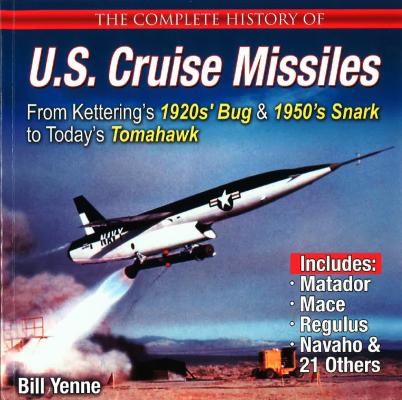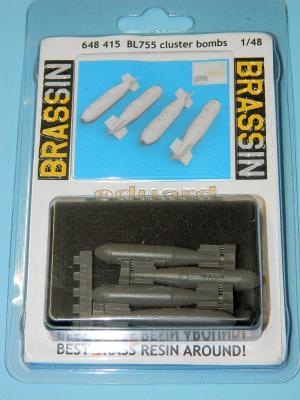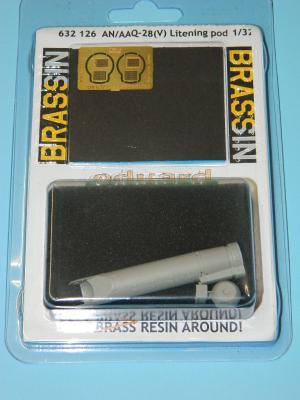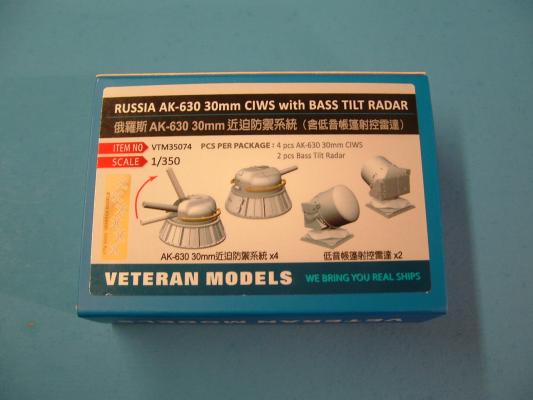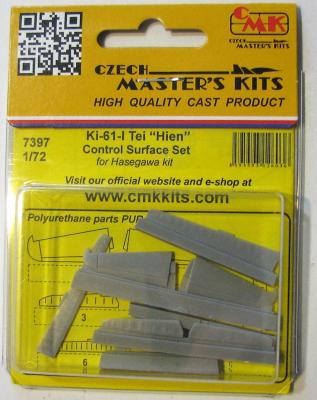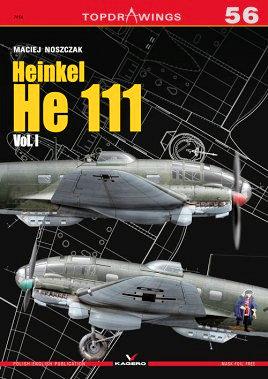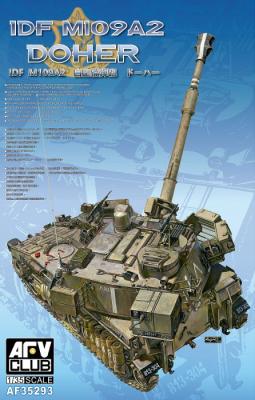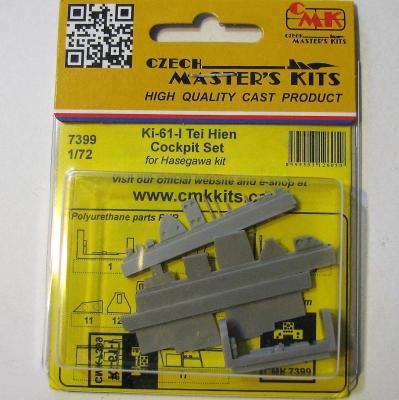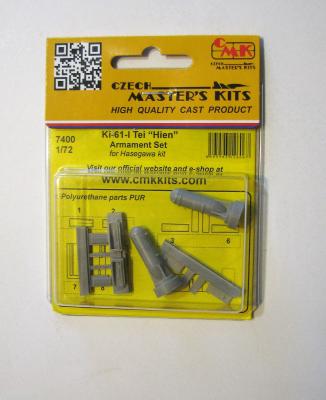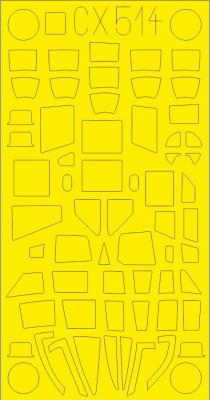Bill Yenne has written more than three-dozen books on historical topics, as well as several novels. He has contributed to encyclopedias of both world wars, and has been featured in documentaries on the History Channel, the National Geographic Channel, the Smithsonian Channel, and ARD German Television. The Wall Street Journal notes that Yenne writes "with a cinematic vividness," and Gen. Wesley Clark, former Supreme Allied Commander in Europe, called Yenne's recent biography of Alexander the Great, the "best yet." Yenne's books have been included in Amazon's "100 Best Books of the Year."
What's New
IPMS/USA thanks the Eduard team once again for sending us this simple, excellent set for use with many UK fighter aircraft. And thanks to Phil and John for obtaining the sets for the team…
An extremely simple, but useful upgrade of any kit utlizing these unique cluster munitions. Consisting of four bomb bodies with fins cast in place (THANK YOU EDUARD), and four sets of fusing windmill vanes. I have only seen one or two sets of these bombs in plastic from modeling companies, and usually these wind vanes are molded as circles. Yep, circles. Kinetic’s bombs have actual vanes, but they are subject to the limits of plastic injection; the resin on Eduard’s set is far better! These vanes look the part and are delicate but take the minor sanding of the backside to remove the pour stub well (if you do it carefully). Also included are accurate decals.
IPMS/USA thanks the Eduard team once again for sending us this simple, excellent set. And thanks to Phil and John for obtaining the sets for the team…
An extremely simple, but useful upgrade of any kit needing this pod. Consisting of a resin main body, a resin seeker head, and two different tail vent plates in Photoetch, I had this one knocked out in a couple of hours. First is minor prep; removal of the seeker head was simple, and the same for the main pod body. Careful use of thin superglue ensured the end plate stayed in place, and the seeker head just snaps into place.
Veteran Models in Taiwan has been producing finely detailed multi-media aftermarket replacement parts for ship modelers for quite some time. Nicely crafted, their parts are a significant upgrade to model warships. They started in 1/350 Modern USN systems and have since branched into other Navies. Now they are offering modern Soviet/Russian systems.
If you have noticed Soviet and later Russian ships are busy, some would say crowded, with sensors and weapon systems. While functional, none of these are elegant in design, and the number of each provides redundancy to ensure survivability and reliability. Each one is hodge-podge of small detail not easily duplicated in the ejection molding process, no matter how sophisticated the molds. So Veteran Models move into this area is welcome by at least this modeler.
History
The Hasegawa 1/72 Ki-61 dates back to the early 1970s and is still a nice kit, but basic. CMK has come out with some detail sets to spice up these old kits.
What You Get
7 crisply molded resin parts (Rudder, ailerons and horizontal stabilizers) along with a 9 X 3.5 folded sheet of instructions. Some of these parts are very fragile so please be careful when handling them.
The Heinkel He-111 is one of the most iconic symbols of World War Two, as well as a major feature of the Battle of Britain. The aircraft was developed under the guise of a passenger airliner as most of Germany’s other armaments at the time. During the late 1930’s the aircraft and its German aircrews participated in the Spanish Civil War and the He-111 began its wartime career. During World War Two various modifications were made throughout the aircraft ranging from the cockpit layout, wing shape, engines, offensive and defensive capabilities and many more. The aircraft was the second most produced bomber aircraft of the Luftwaffe behind the Ju-88 and served in the Spanish Air Force until 1958. The are only 4 surviving aircraft remaining in various museums around Europe.
The M109 is an American made 155mm self propelled howitzer that was first used in the early 1960s. It has been extensively upgraded to remain in front line service and extensively exported to U.S. allies around the world. Israel fielded the M109A2 variant in the Yom Kippur War of 1973 as the Rochev and in the early 1990s the IDF began to modernize this vehicle using the M109A6 as a guide. The designation of the updated M109 Rochev was Doher and the vehicles remain in service today. This new injection molded kit from AFV Club is the next in the line of recent releases of their M109 line.
History
The Hasegawa 1/72 Ki-61 dates back to the early 1970s and is still a nice kit, but basic. CMK has come out with some detail sets to spice up these old kits.
What You Get
17 crisply molded resin parts and a clear film of instrument faces are provided along with a 9 X 3.5 folded sheet of instructions. Some of these parts are very fragile so please be careful when handling them.
History
The Hasegawa 1/72 Ki-61 dates back to the early 1970s and is still a nice kit, but basic. CMK has come out with some detail sets to spice up these old kits.
What You Get
11 nicely molded pieces make up this set. You are given two gun bays, ammo chutes, receivers’ and doors for the wing guns. Also included are wing tanks which are much better detailed than the ones provided in the kit. The instructions are on a 9 X 3.5 folded sheet of paper.
One of the bug-a-boos of a lot of aircraft models for me is all that glass that needs to be masked in order to paint. I’ve read several tutorials and tried lots of methods, but it’s all tedious and with my skill level brings about at best mediocre results. Then along comes pre-cut masks and my life is changed.

